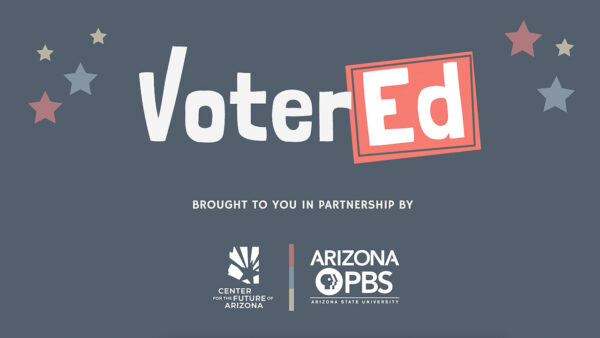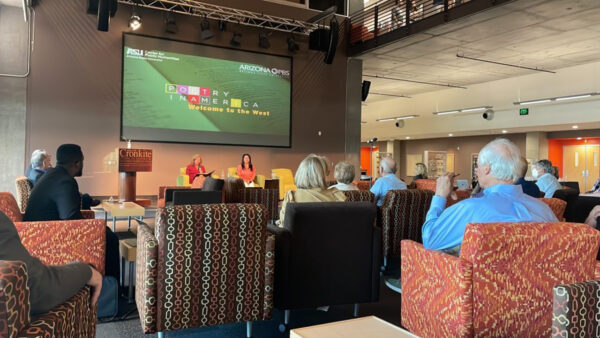Nature “Survivors of the Firestorm”
April 17, 2011
On February 7, 2009, drought and a record-breaking heat wave in the Australian state of Victoria came together to create a perfect storm – a firestorm of epic proportions. High winds turned four hundred separate bushfires into raging fire fronts that trapped animals and people unable to outrun them. One hundred seventy three people died. Entire towns were wiped off the map. More than a million acres of forest burned and countless animals perished. It was one of the worst natural disasters ever to hit Australia, a day that came to be known as “Black Saturday.”
Yet fires are a natural process, necessary for ecosystems to regenerate. After the devastation, some wildlife springs back on its own; some does not. Those not so lucky need all the help they can get. Burned and traumatized kangaroos and koalas, wombats and wallabies, endangered possums and gliders, lizards, echidnas, birds of all kinds, and even fish rely upon volunteers and vets to tenderly nurse them back to health at wildlife hospitals and private facilities. It's a story of renewal, hope and inspiration.
Nature premieres Survivors of the Firestorm on Sunday, April 17, 2011 at 8 p.m. on Eight, Arizona PBS .
Days after the fires, dispossessed wildlife begins to return, and volunteers search for survivors needing help. The Wildlife Health Center receives many animals with severe injuries, only some of which can be nursed back to health. Wombats are cuddled and kangaroo babies have surrogate mothers to look after them. Burns and wounds are treated, tender loving care and food are offered, and some remarkable recoveries are achieved.
Out in the forest, renewal is taking place. Mountain ash trees produce millions of seeds and seedlings. Eucalypts sprout new growth from what were once dormant buds beneath fire-insulating bark. The forest floor is transformed with moss and fungi, and orchids and lilies bloom in profusion, their growth spurred by abundant light and nutrients from ash and smoke. Animals repopulate the area, residents finding their way through the changed surroundings, predators moving in to hunt what they can find. Birds return, competing for food and nesting sites, filling the air with their songs.
Other animals need help to reestablish their populations. Rare fish rescued from streams filled with ash and stripped of oxygen are kept in tanks through the winter and then carefully returned eight months after the fires. Rare possums are provided with feeding stations and nest boxes to help them recover their numbers.
Twelve months after Black Saturday, the natural world is well on its way back to health. Heavy summer rains break twelve years of drought. The forest is green again. Rescued koalas have been successfully reintegrated back into their forest lives. Cockatoos are courting. The frogs return. And a small but vital population of endangered Leadbeater's possums has survived the winter and is thriving. People and wildlife both have shown amazing resilience. They are rebuilding their lives in a world that rises again, out of the ashes.
)






















